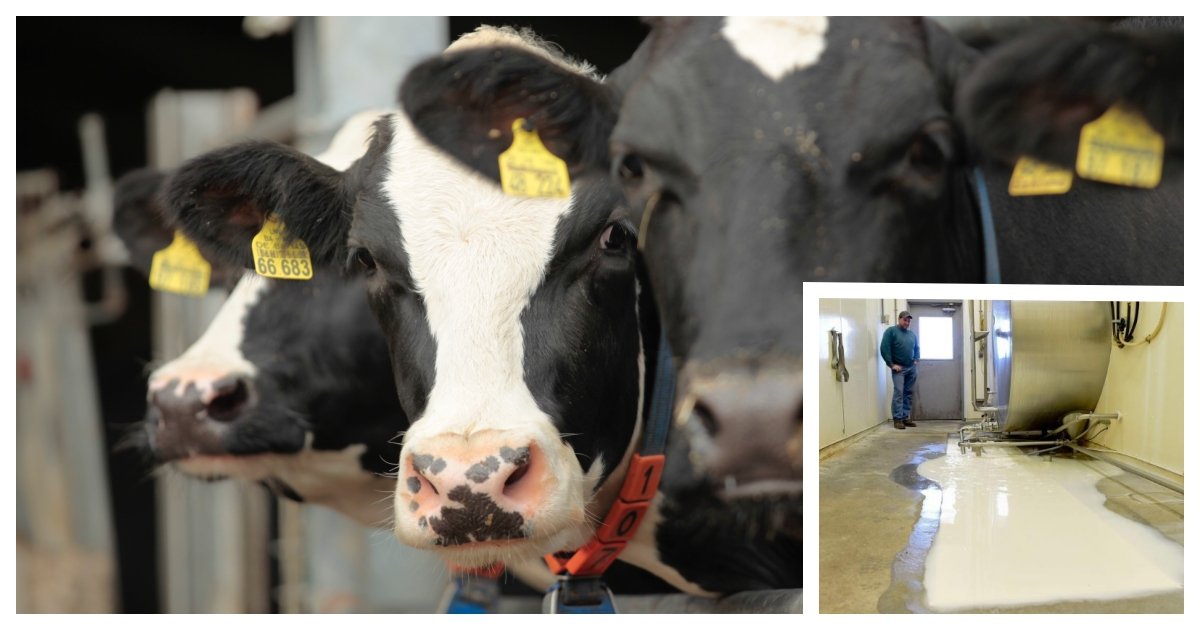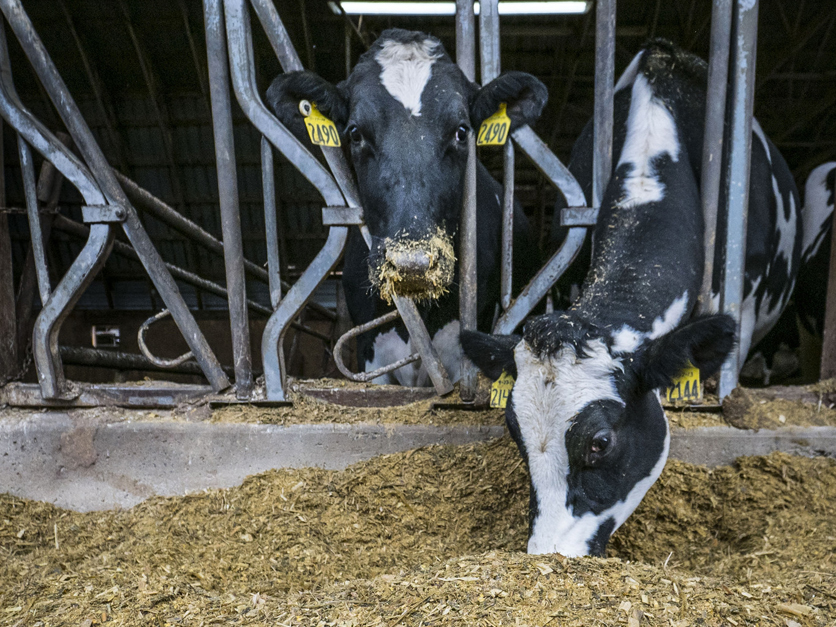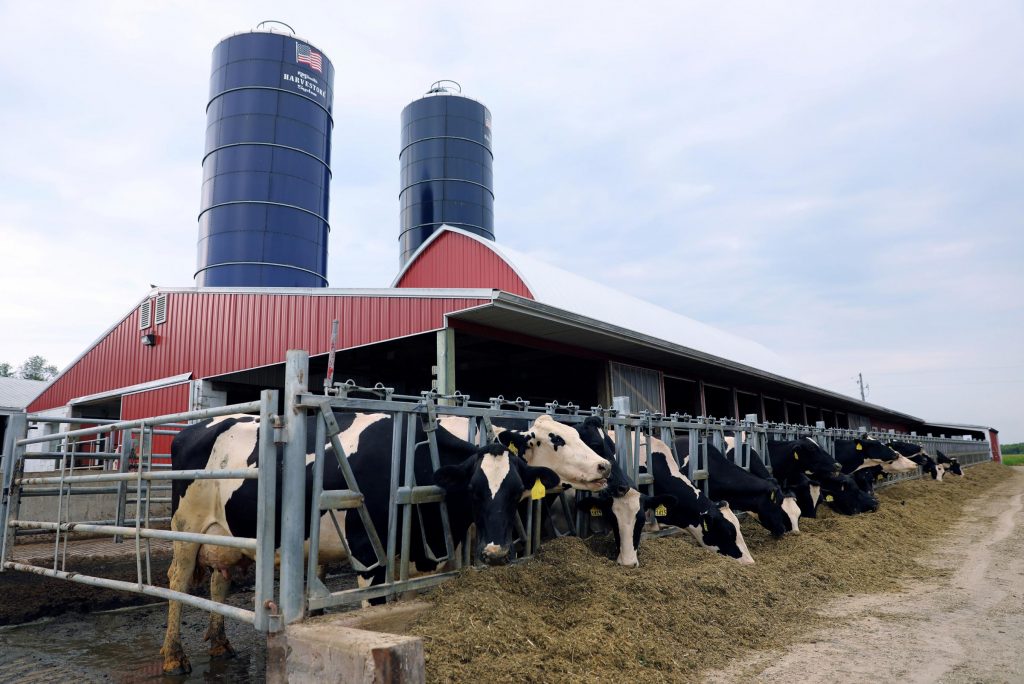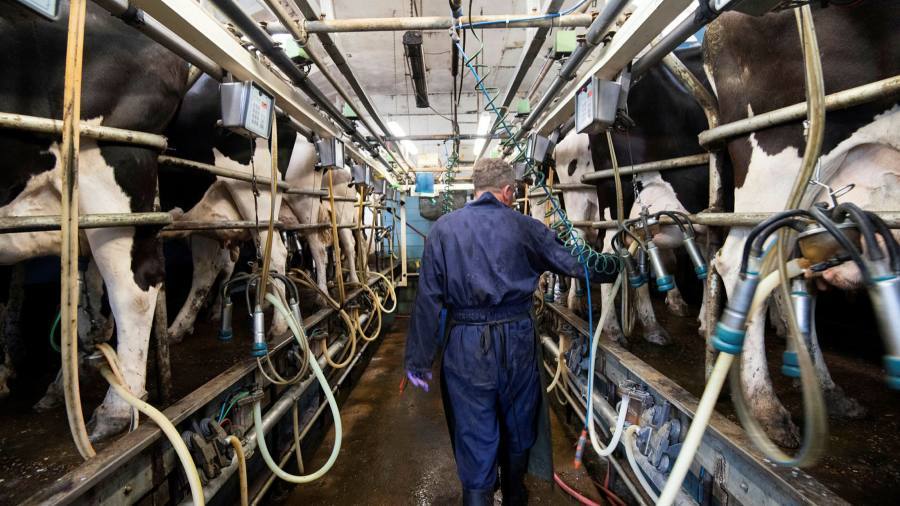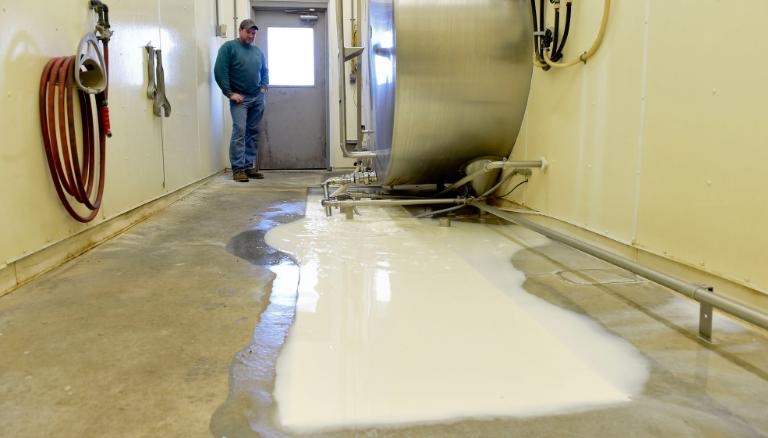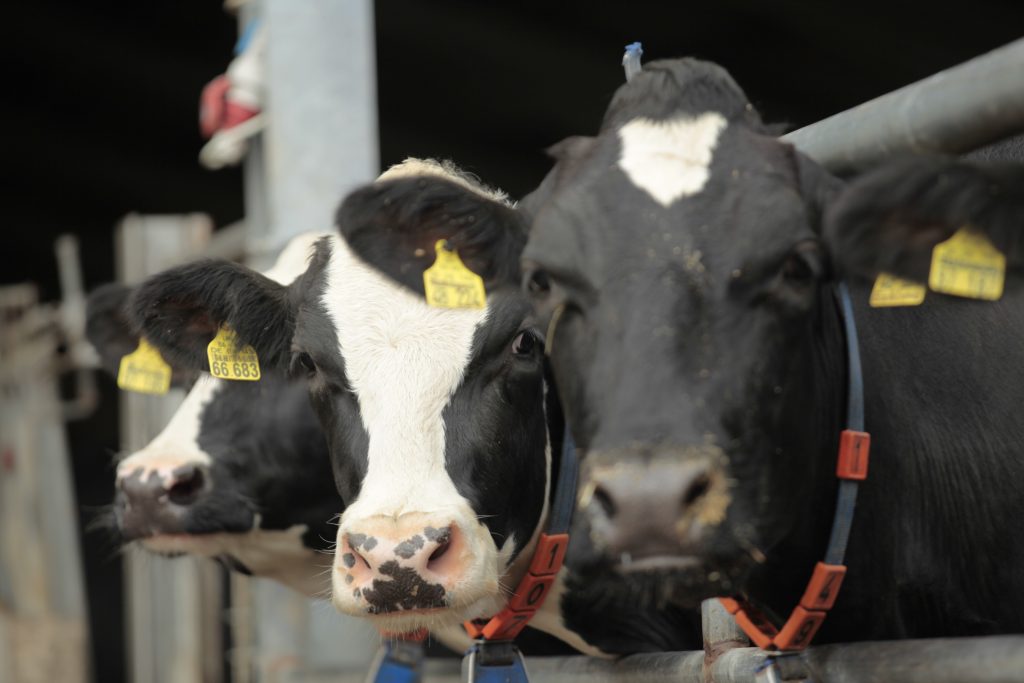As the severity of the coronavirus was getting apparent for many Americans, Jim and Kate DiGangi did something that they had never done before. After milking their cows, they dumped all that milk – up to 20,000 gallons of fresh milk were put to waste.
The DiGangi family resides in Wisconsin and have worked as farmers in the area for many years. Throwing away perfectly fine milk has been taking a toll on them both emotionally and economically.
The reason all this milk is getting dumped before they are processed into dairy products has to do with the global pandemic. Schools, restaurants and major food processing plants have been shutdown in order to stop the spread of the virus. With the major consumers gone, there simply was not enough demand for all the milk.
According to the Dairy Farmers of America, around 3 million farmers are dumping their milk like the DiGangis. Unlike a machine, a cow can’t just be turned off, which is why simply stopping to milk the cows is not an option for the farmers.
A senior official for the National Milk Producers Federation said simply that dairy is a daily crop, and a dairy cattle that produces milk can’t just stop producing milk. He explains that this is why it is difficult for farmers to change the output of milk according to the market demand.
For consumers who are dealing with empty shelves in grocery stores, the idea that perfectly fine milk is being wasted does not make much sense.
The timing could not have been worse for the farmers and the industry. Between 2015 and 2019, the prices of milk were extremely low. Tariff wars with China and Mexico in 2018 worsened the situation for many farmers.
Another dairy farmer in Wisconsin said that many of his colleagues had drained up their savings to stay in the business. 2020 was going to be year of rebound, a chance for the farmers to regain their footing after four brutal years. The coronavirus has thwarted that plan.
Dairy processors are operating under extreme uncertainty and chaos. While they generally have more flexibility in dealing with the situation, the situation is wildly different between each of the firms.
Processors that serve retail and bigger companies are expanding their production lines, while others who serve schools and restaurants are facing the same issue with excess supply. Like many other Americans, dairy farmers and processors are waiting for a new normal to begin.
Share with us your thoughts in the comments and be sure to follow us on Facebook for more articles like one.
Replaced!


